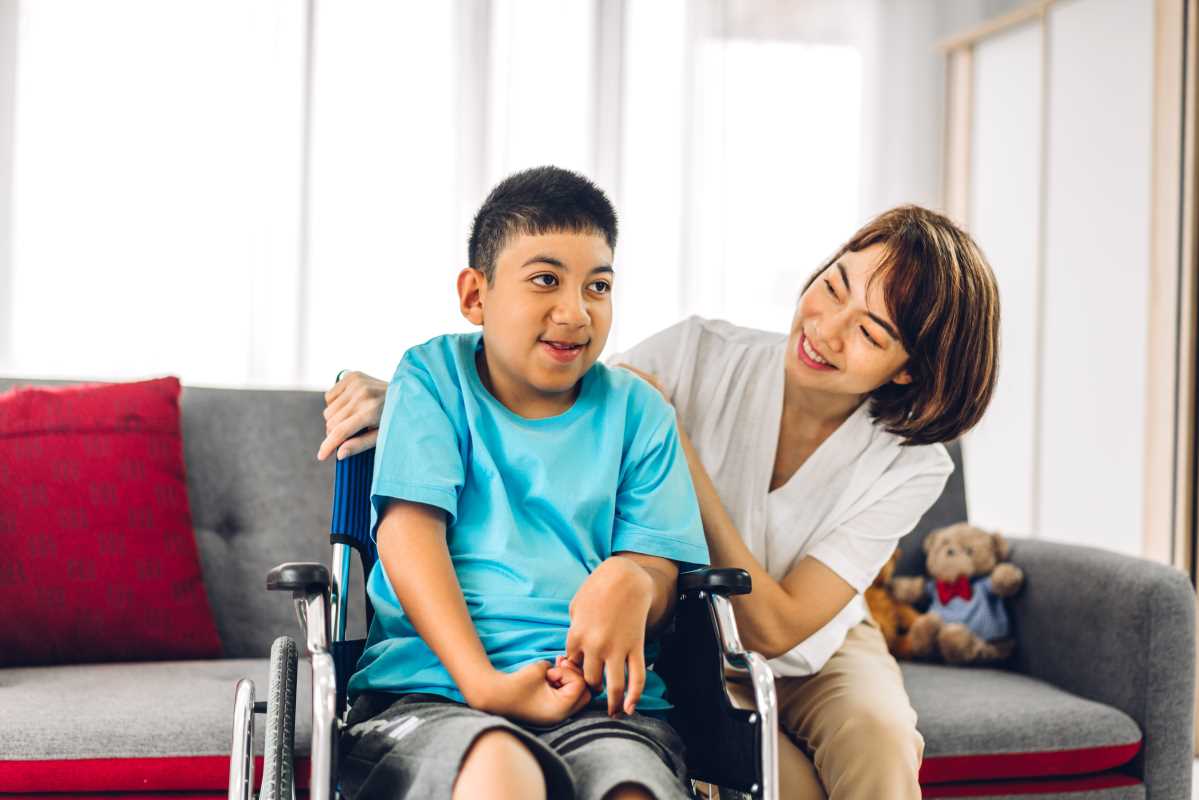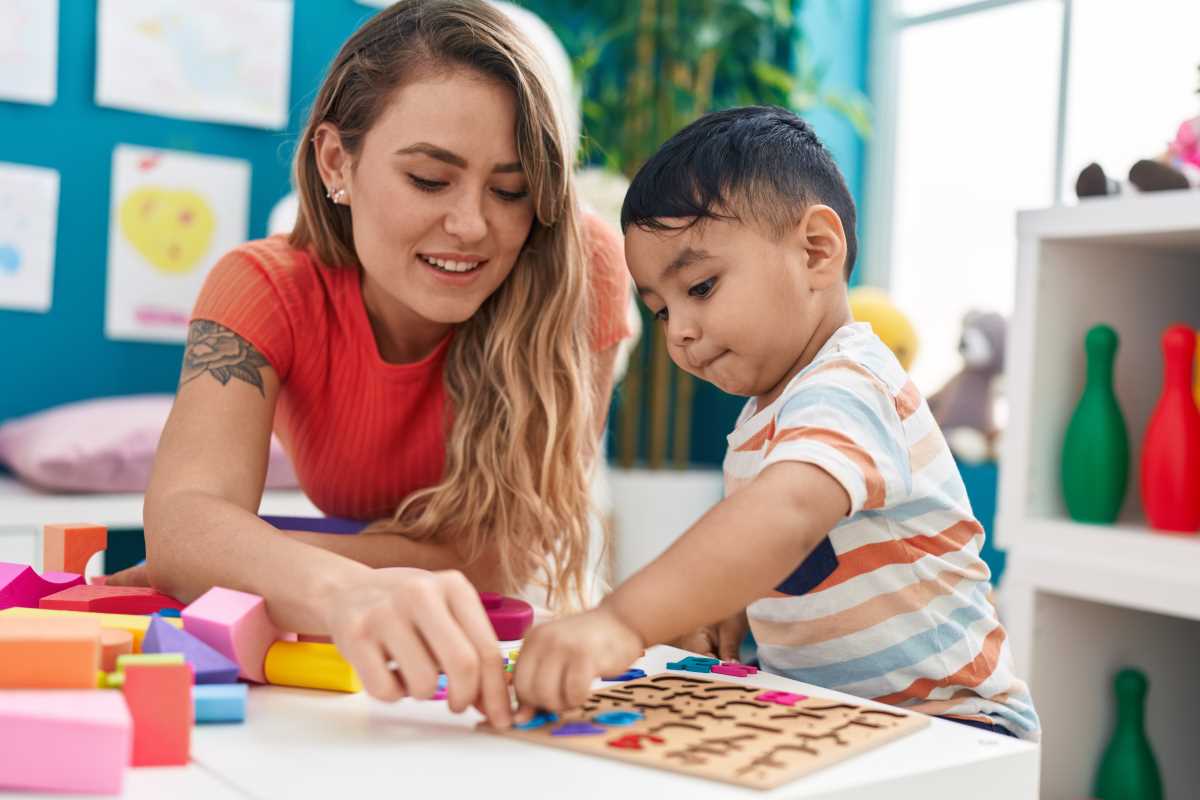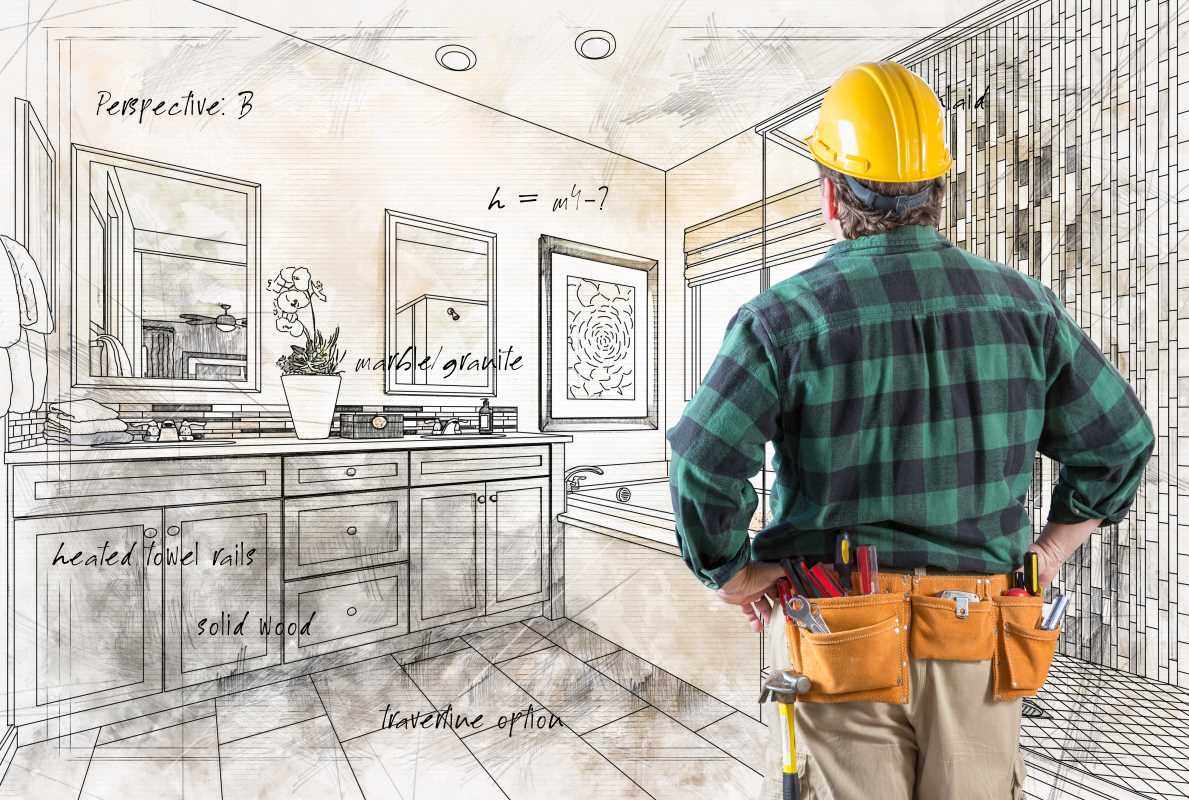Designing a home for a child with limited mobility comes with unique challenges, but it’s also an opportunity to create an environment that provides them with freedom, independence, and comfort. With some thoughtful modifications and planning, you can transform your living space into a safe and accessible haven where your child can thrive. From furniture placement to specialized equipment, there are many practical ways to support their needs while maintaining a home that works for the whole family.
This guide will walk you through steps to create a practical home setup that caters to the specific needs of your child, ensuring their safety and encouraging their ability to explore and engage within their environment.
Step 1: Assess Your Current Space
The first step in building a practical setup is to evaluate your home and pinpoint areas that may need adjustments to meet your child’s needs.
Key Areas to Consider:
- Mobility pathways: Are hallways and walkways wide enough for wheelchairs or walking aids?
- Floor surfaces: Are floors even and free from hazards like loose rugs or cords that could cause tripping or difficulty moving?
- Accessibility: Are essential spaces like bedrooms, bathrooms, and the kitchen easy to reach for your child?
- Safety risks: Are there sharp corners, slippery surfaces, or areas that might require fall protection?
Once you’ve identified areas for improvement, you can prioritize changes that will have the greatest impact on your child’s comfort and mobility.
Step 2: Create Open Pathways
Children with limited mobility often need clear, unobstructed pathways to move safely around the home. Whether your child uses a wheelchair, walker, or crutches, these tips can help create a layout that simplifies navigation.
Tips for Better Flow:
- Widen pathways: Arrange furniture to leave at least 3 feet of clearance in hallways, doorways, and around furniture.
- Avoid clutter: Keep toys, shoes, and other items off the floor by investing in storage solutions like bins or shelves.
- Replace tight spaces with open designs: For areas like dining rooms or living rooms, opt for furniture with open or round layouts to avoid sharp corners and tight turns.
If mobility aids snag on carpets or rugs, consider switching to low-pile or hard flooring surfaces like wood, vinyl, or tile for smoother transitions.
Step 3: Adapt Entryways and Doorways
One of the most common obstacles for children with limited mobility is navigating through entryways and doors. Making small adjustments can significantly improve their independence.
Improving Accessibility:
- Install ramps: Replace stairs with ramps for main home entryways or interior spaces like sunken living rooms. Choose non-slip materials to enhance safety.
- Widen doorways: If possible, expand doors to be at least 32 inches wide to accommodate wheelchairs.
- Install lever handles: Swap traditional doorknobs for lever handles, which are easier to operate for children with limited grip strength or dexterity.
- Threshold ramps: Add small threshold ramps over doorways to eliminate transitions that are difficult for wheelchairs or walkers to cross.
These changes help children move through spaces seamlessly without needing constant assistance.
Step 4: Arrange Accessible Furniture
The way furniture is selected and placed in your home can empower your child to interact with their environment. Aim for pieces that encourage independence and suit your child’s needs.
Key Considerations for Furniture:
- Functional height: Choose tables, desks, and seating that align with your child’s height, especially when they’re sitting in a wheelchair.
- Sturdy support: Opt for chairs, benches, or stools that are stable and provide a safe surface to hold onto when they transfer from their mobility aid.
- Adjustable features: Look for adjustable beds, desks, or adaptive chairs that can grow with your child or change as their needs evolve.
- Low storage units: Store toys, books, and frequently used items at accessible levels where your child can reach them independently.
Investing in the right furniture reduces physical strain and helps make everyday activities like studying, playing, and socializing more engaging for your child.
Step 5: Modify Bathrooms for Safety and Ease
Bathrooms can be one of the most difficult areas for children with limited mobility due to slippery floors, narrow spaces, and fixtures designed for adults. By adding adaptive features, you’ll create a more functional and secure space.
Bathroom Modifications:
- Non-slip mats: Place these in tubs, showers, and near sinks to help avoid falls.
- Grab bars: Install grab bars near toilets, sinks, and bathtubs to offer extra support during transfers and movement.
- Walk-in tubs or showers: Replace traditional tubs with walk-in models or curbless showers that allow for easy wheelchair access.
- Adjustable shower heads: Handheld or adjustable shower heads make it easier to bathe independently or with assistance.
- Accessible sink fixtures: Install lever or motion-activated faucets for easier use.
These adaptations ensure that your child can use the bathroom comfortably while maintaining their dignity and independence.
Step 6: Design an Adaptable Bedroom
A child’s bedroom is their personal sanctuary, which means it’s especially important for this space to be safe, functional, and adapted to their needs.
Bedroom Setup Tips:
- Low bed frames: Opt for low-profile or adjustable beds that make it easier for your child to get in and out without assistance.
- Bed rails: Add securely mounted bed rails for kids who may roll out of bed or need help sitting up.
- Accessible storage: Use low, open shelving for books, clothes, or toys to allow your child to reach items easily.
- Soft flooring: Place non-slip rugs or foam mats near the bed to cushion any falls or slips.
- Control lighting: Install easy-to-reach switches or motion-activated lights to help your child control their surroundings without needing help.
Encourage your child to personalize their space with colors, wall art, or themes that reflect their interests and make them feel at home.
Step 7: Optimize Play and Activity Spaces
Play is crucial for every child’s development, regardless of their mobility level. Ensuring accessible play areas in your home encourages creativity and independence.
Designing Play Spaces:
- Adapt toys: Opt for toys that can be managed with one hand or that don’t require fine motor skills, such as large push-to-activate buttons or sensory toys.
- Have open spaces: Leave plenty of open floorspace near the child’s favorite activities for easier movement with their wheelchair or mobility aid.
- Sensory stations: Create sensory corners with soft textures, interactive lighting, or calming sounds to provide both stimulation and relaxation.
Providing options for safe play lets your child enjoy engaging activities while developing essential skills.
Step 8: Install Safety Features Throughout the Home
No matter how accessible the space is, safety should always come first. Adding protective measures around the home can offer peace of mind for you and comfort for your child.
Essential Safety Measures:
- Edge guards: Cover sharp corners on furniture or fixtures that may cause injury if bumped into.
- Baby gates: Use these to block off staircases, kitchens, or other risk-prone areas.
- Emergency plans: Ensure easy access to emergency exits and keep a wheelchair or mobility aid close by for quick evacuation if needed.
- Communication tools: Consider installing an intercom system, alert buttons, or a smart speaker to allow your child to call for help when needed.
These additions create a safer home where your child feels secure as they move and explore.
Step 9: Adapt to Your Child’s Individual Needs
Every child is different, so the most important step is to tailor your setup to your child’s specific needs and preferences. Work with physical therapists or occupational therapists to assess what accommodations fit best into your family routine.
Stay Flexible:
Remember that your child’s needs may evolve as they grow. Maintain open communication with them about what works, what doesn’t, and what changes might help them feel more empowered and independent.
 (Image via
(Image via





